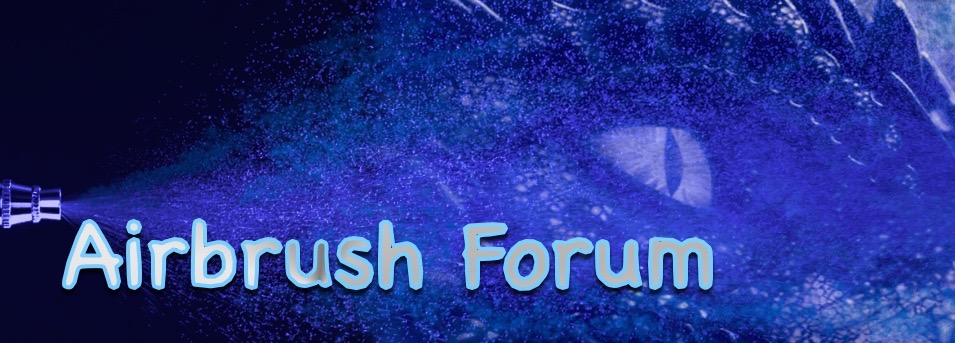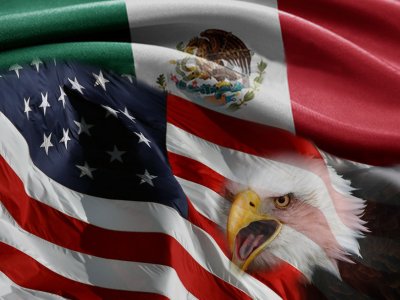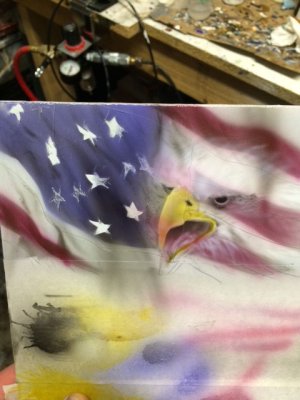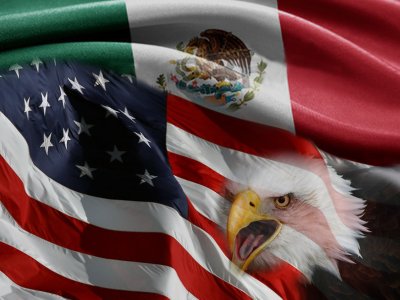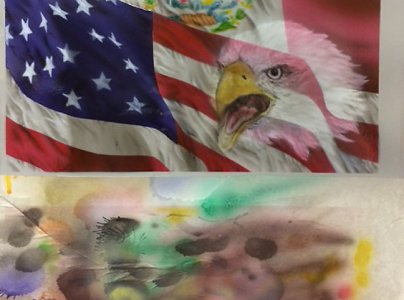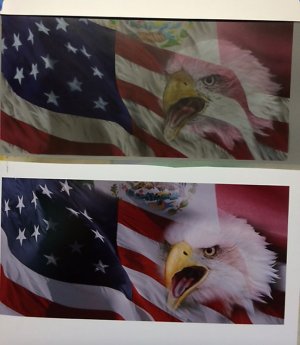IPT
Detail Decepticon!
Hey guys. Been AB'ing a little while but mostly on RC cars. Anyway, want to do a project for a cabinet that will have some blends of different colors, and a faded image over another. Best I know I can either use transparent paints, or try to use opaques and color match (that would be interesting). Anyway, I attached the image. As I try and break down how to attack it I came up with this.
base coat of a middle to light grey since it's in both the flags.
Make a loose mask, base in the green and reds (opaque). Then use transparent black and white to get highlights, shadows, and bring up the grey value to white for the whites. I'll keep the blue areas masked.
Probably opaque for the green, red and blue. Then once the blue is laid down, mask off blue and build a semi transparent white for the stars. Allow the shadows to show from the blue below (building white about and over the blue) and fade transparent white into the green where it bleeds.
Finally use transparent white and some brown/black for the eagle. Very over-reduced and build slowly. Build a light white base and then use transparents colors for the beak and inner mouth.
Lastly I'll use some Saral carbon paper to lay in the Mexican flag art work and then cut out clear mask so I can paint that in.
So I've never done anything complex like this. I'll do some small sample pieces first. Looks for color shifts or other issues. I might be in over my head but I think I'll learn a ton doing this.
I'm eager to hear from you with more experience regarding how you'd go about it and or any suggestions you might have. I realize a lot of this trial by fire but at the same time I'd hate to re-invent the wheel!
Thanks!
base coat of a middle to light grey since it's in both the flags.
Make a loose mask, base in the green and reds (opaque). Then use transparent black and white to get highlights, shadows, and bring up the grey value to white for the whites. I'll keep the blue areas masked.
Probably opaque for the green, red and blue. Then once the blue is laid down, mask off blue and build a semi transparent white for the stars. Allow the shadows to show from the blue below (building white about and over the blue) and fade transparent white into the green where it bleeds.
Finally use transparent white and some brown/black for the eagle. Very over-reduced and build slowly. Build a light white base and then use transparents colors for the beak and inner mouth.
Lastly I'll use some Saral carbon paper to lay in the Mexican flag art work and then cut out clear mask so I can paint that in.
So I've never done anything complex like this. I'll do some small sample pieces first. Looks for color shifts or other issues. I might be in over my head but I think I'll learn a ton doing this.
I'm eager to hear from you with more experience regarding how you'd go about it and or any suggestions you might have. I realize a lot of this trial by fire but at the same time I'd hate to re-invent the wheel!
Thanks!
Attachments
Last edited:
